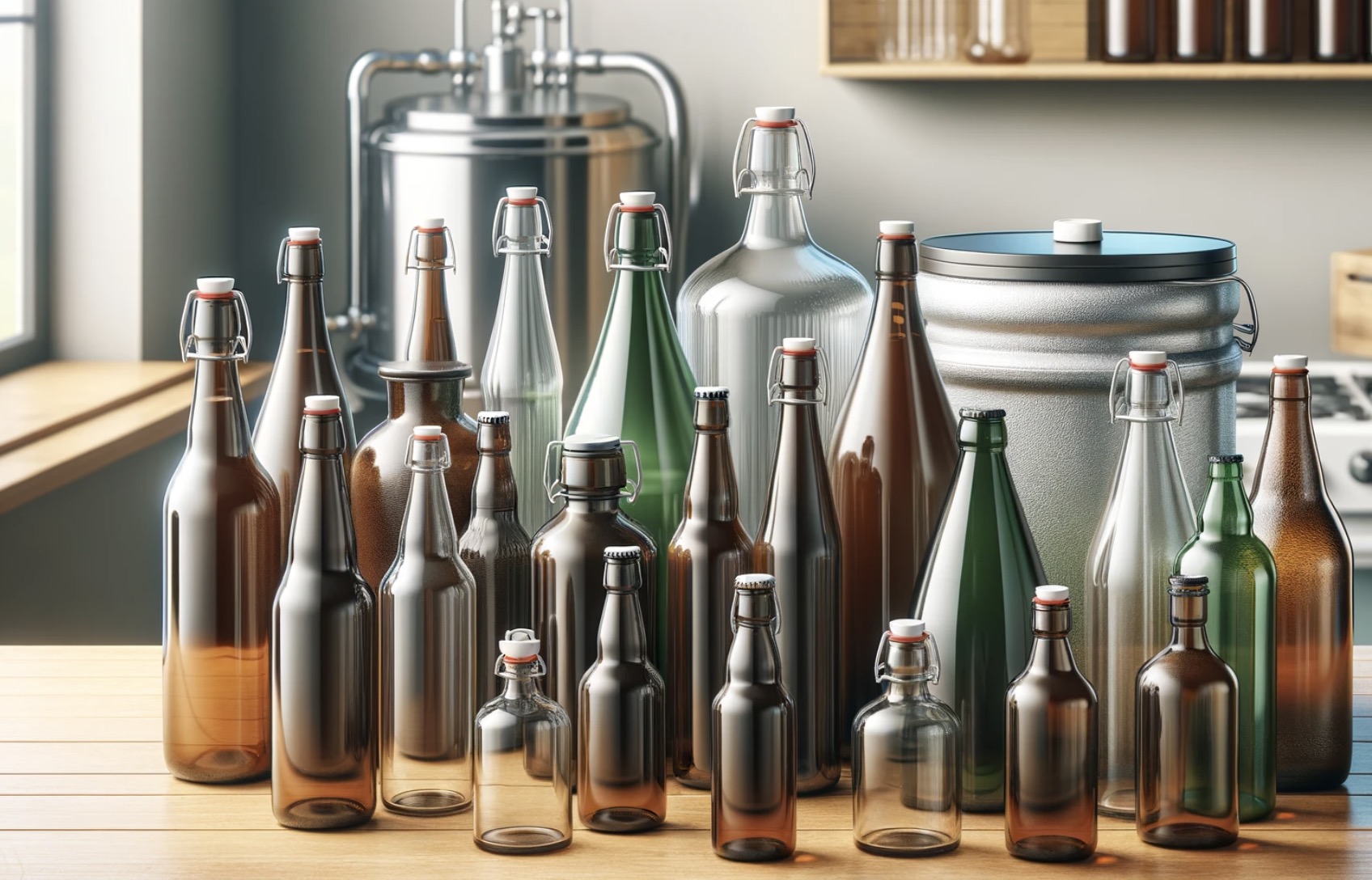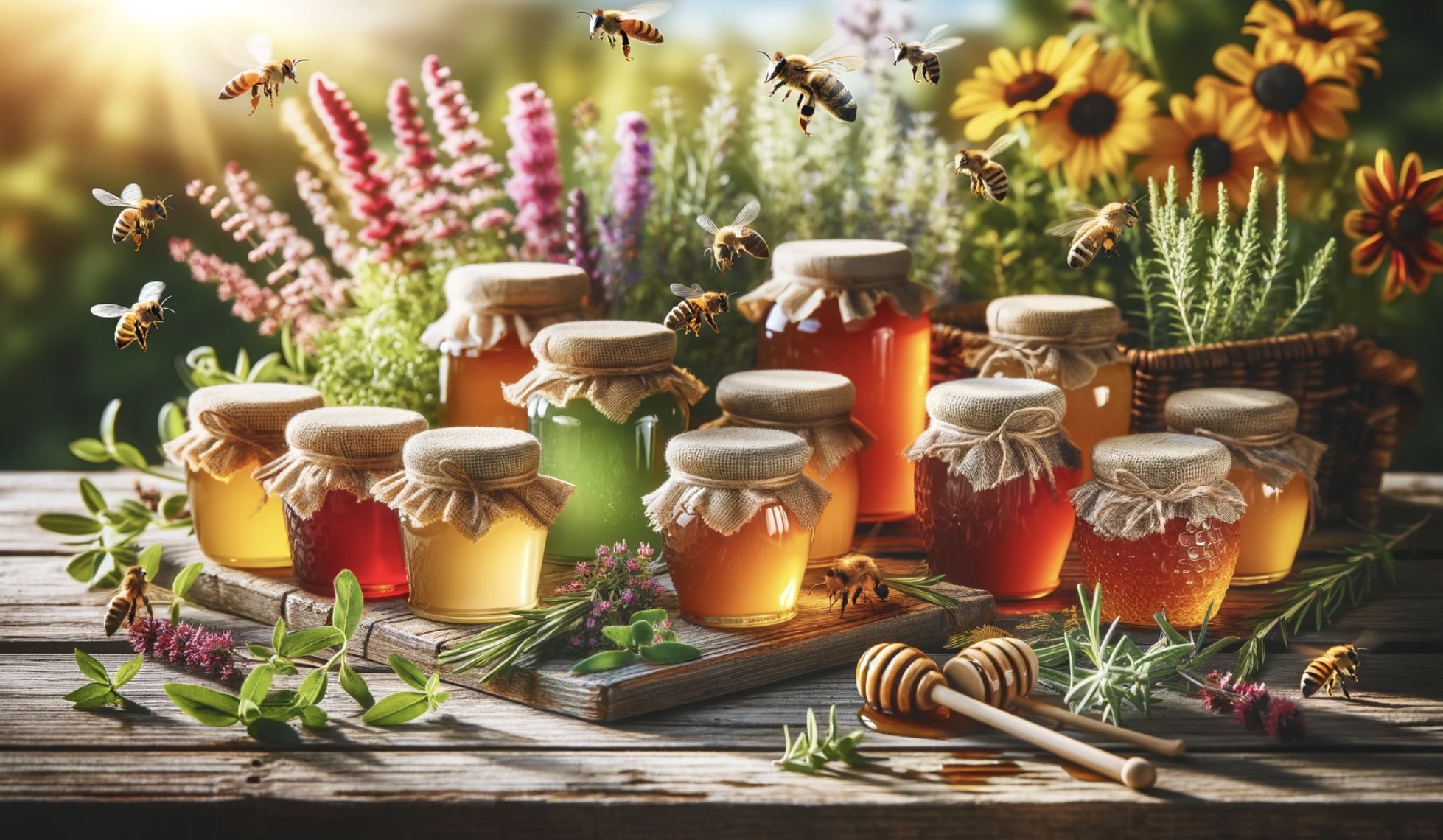Fermentation is a fascinating process that has been utilized for thousands of years to create a wide variety of foods and beverages we all know and love. As a brewer, I have spent countless hours in my home brewery, tinkering with different ingredients and processes to create the perfect brews. One question that has always intrigued me is: can you ferment without yeast? The answer is:
Yes, you can ferment without yeast, as some bacteria can also ferment sugars into acids, gases, and alcohols.
In this blog post, we will dive deep into the world of fermentation and explore how bacteria can be used as an alternative to yeast in the fermentation process. We will discuss various types of bacteria, their role in fermentation, and how they can be used to create unique and delicious fermented products.
1. The Science of Fermentation
Fermentation is a metabolic process in which microorganisms, such as yeast and bacteria, break down complex organic compounds, like sugars, into simpler substances, like acids, gases, and alcohols. This process is anaerobic, meaning that it occurs in the absence of oxygen. The primary purpose of fermentation is to produce energy for the microorganisms, but it also results in the production of various byproducts that can be beneficial or detrimental to the final product.
For example, yeast fermentation is responsible for the production of alcohol and carbon dioxide in beer and wine, while lactic acid bacteria fermentation is used to create the tangy flavor of yogurt and sauerkraut.
2. Lactic Acid Bacteria: A Natural Alternative to Yeast
Lactic acid bacteria (LAB) are a group of bacteria that can ferment sugars into lactic acid. LAB are commonly found in various environments, such as soil, plants, and the gastrointestinal tract of animals. They play a vital role in the fermentation of many foods and beverages, including yogurt, cheese, sauerkraut, and sourdough bread.
LAB are facultative anaerobes, meaning they can grow in both the presence and absence of oxygen. However, they prefer an oxygen-free environment and produce lactic acid as their primary fermentation byproduct. This characteristic makes LAB an ideal alternative to yeast in certain fermentation processes.
3. The Role of LAB in Food and Beverage Fermentation
Lactic acid bacteria play a crucial role in the production of many fermented foods and beverages. They are responsible for the fermentation of lactose (a sugar found in milk) into lactic acid, which gives yogurt, cheese, and other dairy products their tangy flavor. LAB also plays a role in the fermentation of vegetables, such as sauerkraut and kimchi, by breaking down the natural sugars in the vegetables into lactic acid.
In addition to providing flavor, LAB fermentation also has some significant health benefits. The lactic acid produced during fermentation helps to preserve the food by inhibiting the growth of harmful bacteria. LAB also produce various compounds, such as bacteriocins and organic acids, that have antimicrobial properties and contribute to the overall safety and quality of the fermented product.
4. Acetobacter: Turning Alcohol Into Vinegar
Another group of bacteria that can ferment without yeast is Acetobacter. These bacteria are responsible for the production of vinegar through a process called acetic acid fermentation. Acetobacter bacteria convert ethanol, an alcohol produced during yeast fermentation, into acetic acid, which gives vinegar its distinctive sour taste.
Acetobacter can be found in various environments, including soil, water, and fruits. They are commonly used to produce different types of vinegar, such as apple cider vinegar, wine vinegar, and balsamic vinegar. Acetic acid fermentation is an aerobic process, meaning that it requires oxygen to occur.
5. Wild Fermentation: Harnessing the Power of Natural Microbes
Wild fermentation is a method of fermentation that relies on the naturally occurring microbes present on the raw ingredients, rather than adding a specific strain of yeast or bacteria. This method can produce unique and complex flavors, as the diverse microbial population contributes to the fermentation process.
Many traditional fermented foods, such as sauerkraut, kimchi, and sourdough bread, are produced through wild fermentation. The process typically involves creating a suitable environment for the microbes to grow and carry out fermentation, such as adding salt to cabbage for sauerkraut or mixing flour and water to create a sourdough starter.
6. Mixed Fermentation: Combining Yeast and Bacteria for Unique Flavors
Mixed fermentation is a technique where both yeast and bacteria are used together in the fermentation process. This method can create complex and unique flavor profiles, as the different microorganisms contribute their own distinct characteristics.
Mixed fermentation is commonly used in the production of certain types of beer, such as Belgian-style lambics and American wild ales. These beers often have a sour and funky flavor, resulting from the combined action of yeast and bacteria during fermentation.
7. Kombucha: A Fermented Beverage Made With Bacteria and Yeast
Kombucha is a popular fermented beverage made from sweetened tea that has been fermented by a symbiotic culture of bacteria and yeast (SCOBY). The SCOBY is a combination of various bacteria and yeast strains that work together to ferment the sugars in the tea, producing a tangy and slightly fizzy drink.
The primary bacteria responsible for kombucha fermentation is Acetobacter, which converts the alcohol produced by the yeast into acetic acid. Other bacteria, such as lactic acid bacteria, may also be present in the SCOBY and contribute to the fermentation process.
8. Challenges and Considerations When Fermenting With Bacteria
While fermenting with bacteria can produce unique and delicious flavors, there are some challenges and considerations to keep in mind. One significant challenge is controlling the fermentation process, as the growth and activity of bacteria can be influenced by various factors, such as temperature, pH, and the presence of other microbes.
It is essential to maintain a clean and controlled environment when fermenting with bacteria to prevent contamination and the growth of harmful pathogens. Additionally, some fermented products, like sour beers, may require longer fermentation and aging times to develop their desired flavor profiles fully.
9. Experimenting With Bacterial Fermentation at Home
As an experienced brewer, I am always looking for new ways to expand my knowledge and skills in the world of fermentation. Fermenting with bacteria offers a unique opportunity to explore different flavors and techniques in brewing and food production.
If you are interested in experimenting with bacterial fermentation, consider starting with a simple project, such as making sauerkraut or yogurt. As you become more comfortable with the process, you can explore more complex fermentations, such as mixed fermentation beers or wild fermentation projects.
In conclusion, the answer to the question, “Can you ferment without yeast?” is a resounding yes. Bacteria play a vital role in the fermentation of various foods and beverages, offering unique flavors and health benefits. Here are ten facts about fermenting with bacteria:
1. Bacteria can ferment sugars into acids, gases, and alcohols.
2. Lactic acid bacteria (LAB) are commonly used in food fermentation.
3. LAB are responsible for the tangy flavor of yogurt, cheese, and sauerkraut.
4. Acetobacter bacteria convert ethanol into acetic acid, producing vinegar.
5. Wild fermentation relies on naturally occurring microbes for fermentation.
6. Mixed fermentation combines yeast and bacteria for unique flavors.
7. Kombucha is a fermented beverage made with a combination of bacteria and yeast.
8. Controlling the fermentation process is crucial when fermenting with bacteria.
9. Fermenting with bacteria requires a clean and controlled environment.
10. Fermenting with bacteria is an exciting way to explore new flavors and techniques in brewing and food production.
FAQs
Does fermentation always use yeast?
No, fermentation can be carried out by a variety of microorganisms, including bacteria and fungi, in addition to yeast.
Can some bacteria perform alcoholic fermentation?
Yes, some bacteria, such as species of the genus Zymomonas, are capable of performing alcoholic fermentation.
Why do some bacteria use alcoholic fermentation?
Some bacteria use alcoholic fermentation as a way to generate energy in the absence of oxygen. This process allows them to convert sugars into ethanol and carbon dioxide, which can be used as a source of energy for the bacteria. Additionally, alcoholic fermentation can also help some bacteria survive in harsh environments with low pH levels or high salt concentrations.
What organisms can ferment?
Many organisms can ferment, including bacteria, yeasts, and some fungi.
Why do bacteria use alcoholic fermentation?
Bacteria use alcoholic fermentation as a way to generate energy in the absence of oxygen, which is necessary for their survival in anaerobic environments.
When would an organism use alcoholic fermentation?
An organism would use alcoholic fermentation when oxygen is not available for cellular respiration, such as in anaerobic conditions.




